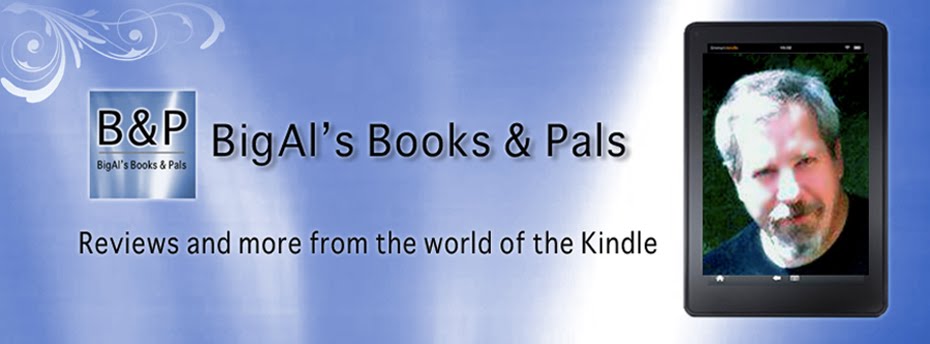Genre: Literary Fiction/Women's Fiction
Description:
“Dori Bardwell's father was the white
Southern author of THE novel about slavery, a man who settled his large family
up north in a replica of a plantation house and never spoke of his past. A
tragic accident pulled Dori from college to care for her only remaining
brother, but now the money is running out, her ex-boyfriend appears intent on
revenge, a media baron has designs on her father's last, unfinished manuscript,
and her own thoughtless blackface joke is about to go viral and turn her life
upside down.
With a new, media-savvy African American
friend, Dori embarks on a voyage into her family's secret history that might
just lead her right back to where she started.”
Author:
“Born and raised in Florida, Sandra Hutchison survived a transplant to
a small, snowy New England town during high school and eventually stopped
sulking about it, though it's possible she's still working it out in her
fiction. She currently lives in Troy, New York, where she teaches writing at
Hudson Valley Community College. “
Appraisal:
Bardwell's Folly is hard to nail down. Is it literary fiction or
women's fiction? Is it humorous and satirical or serious? Should a reader come
away being entertained by the story as told, or is there some hidden meaning or
point to be gleaned by looking a little deeper?
The answers to all of these questions are obviously a big resounding
yes. Or no. Whatever you want the answer to be to any of those questions
including “all of the above,” it fits the bill. I was amused by Dori, but still
took what was happening to her throughout the book seriously enough to care. I
think there are lessons or at least points to consider about family and
literary celebrity, but more than enough to be entertaining if you want to
avoid the deep thoughts. There should be something here for anyone who wants a
good read, regardless of how you define that.
Buy now
from: Amazon US Amazon UK
FYI:
Some adult language.
Original review posted January 6, 2017.
Format/Typo
Issues:
No significant issues
Rating: *****
Five Stars
Reviewed
by: BigAl
Approximate word count: 100-105,000 words








